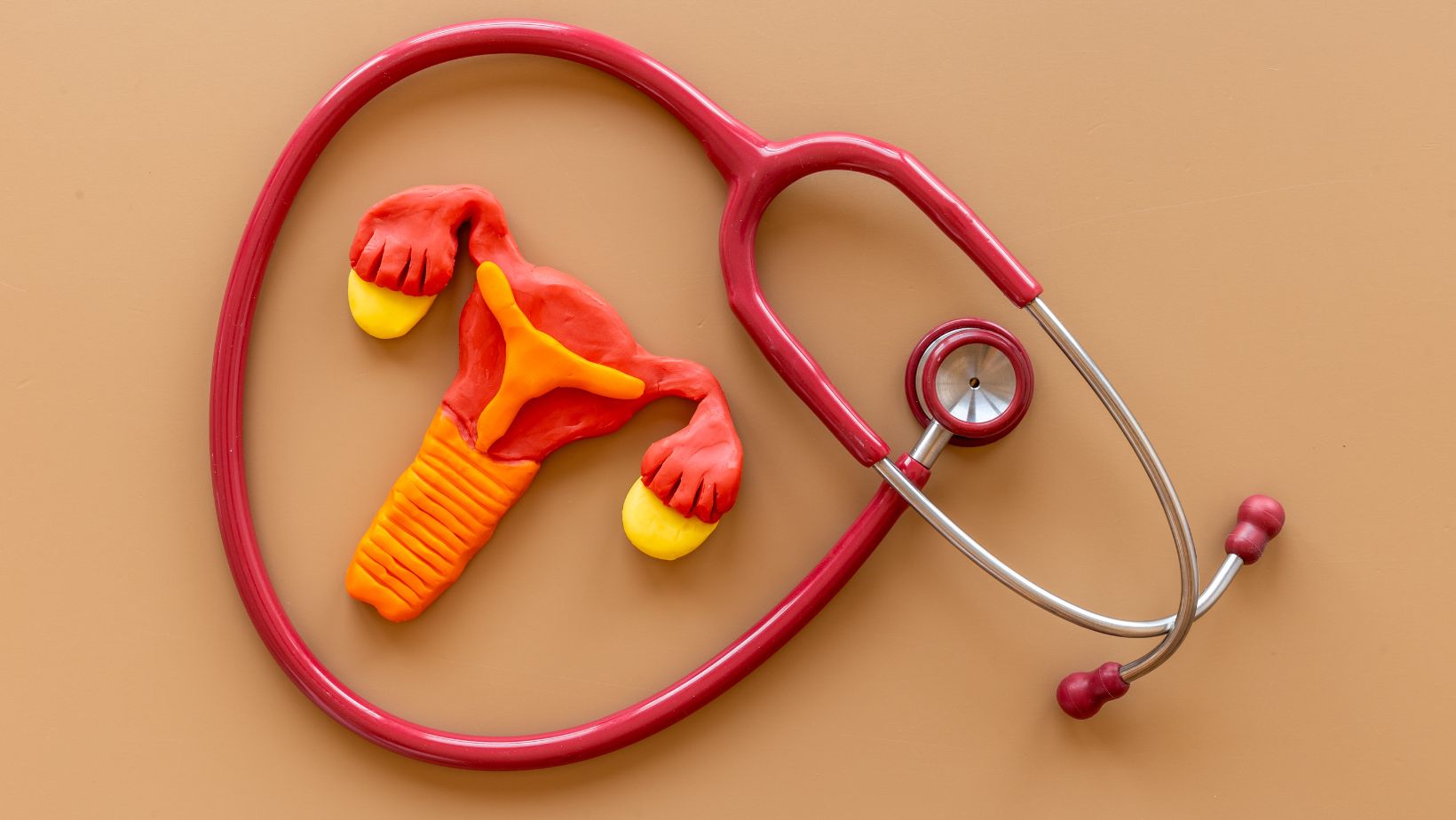The uterus is a key organ in the female reproductive system, playing an essential role in menstruation, pregnancy, and overall reproductive health. However, not everyone is aware that the uterus can exist in different positions within the pelvic cavity.
These varying positions are normal and usually not a cause for concern. Yet, in some cases, the position of the uterus can impact a woman’s health, fertility, or experience of certain medical conditions. This article will explore the different types of uterine positions, how they are diagnosed, and how they can affect a woman’s health.
Common Uterine Positions
The uterus can naturally sit in several different positions within the pelvis. Some of the most common positions include:
Anteverted Uterus
This is the most common position where the uterus tips toward the bladder. Most women with an anteverted uterus have no symptoms or health issues related to the position. Near 70-75% of women have an anteverted uterus.
Retroverted Uterus or Tilted Uterus
In this position, the uterus tilts backward toward the spine. Around 20% of women have a retroverted uterus, and while many do not experience symptoms, some may feel discomfort during sex or menstruation.
Midline or Neutral Uterus
In this case, the uterus sits directly upright without tipping forward or backward. This position is generally not associated with any health concerns.
Lateral Uterus

A uterus positioned to one side of the pelvis is a lateral one. This positioning can occur due to natural variation or pelvic conditions, such as adhesions or fibroids.
What Causes Different Uterine Positions?
The position of the uterus can vary based on several factors. In most cases, these positions are entirely natural and result from individual anatomy. However, some conditions can influence uterine positioning, including:
- Pelvic Adhesions or Scarring: Conditions like endometriosis, pelvic inflammatory disease (PID), or previous surgeries can develop scar tissue or adhesions. These can pull or shift the uterus into different positions.
- Pregnancy and Childbirth: Pregnancy can temporarily shift the uterus as it enlarges, and childbirth can alter the pelvic structure, sometimes changing the uterus’ position permanently.
- Uterine Fibroids or Cysts: Growths in or around the uterus, such as fibroids, can push the uterus into a different position within the pelvic cavity.
- Genetics: In some women, the uterine position is a natural genetic variation.
Symptoms Associated with Uterine Positions
For many women, the position of the uterus may never cause any noticeable symptoms. However, depending on the specific position, some women may experience certain symptoms, including:
- Retroverted Uterus: Women with a tilted or retroverted uterus may experience lower back pain, pain during sexual intercourse (dyspareunia), or difficulty using tampons. Some women with a retroverted uterus also report more painful periods (dysmenorrhea).
- Uterine Prolapse: In rare cases, a uterus that shifts too far backward or downward may lead to uterine prolapse, where the uterus descends into the vaginal canal. This can cause pelvic pressure, urinary incontinence, or discomfort.
- Fertility Issues: In most cases, the position of the uterus does not affect fertility. However, in rare circumstances, particularly with retroverted or prolapsed uteri, conception or carrying a pregnancy to term may be more challenging.
How Are Uterine Positions Diagnosed?
Uterine positions are typically diagnosed during a routine pelvic exam. Your healthcare provider may be able to feel the position of your uterus by manually examining the pelvis. In some cases, imaging techniques like an ultrasound or MRI may be used to get a clearer view of the uterus’ position and to check for any underlying conditions, such as fibroids or endometriosis, contributing to the position.
Treatment and Management Options
Most uterine positions, such as an anteverted or retroverted uterus, do not require any treatment unless they are causing symptoms. However, if symptoms arise or there are associated conditions (like endometriosis, fibroids, or uterine prolapse), treatment may be necessary. Management options can include lifestyle changes, medication, or surgical intervention, depending on the severity of symptoms. For some women, recurring vaginal issues might raise additional concerns—such as Why do I keep getting BV?—which can complicate treatment and require targeted medical attention.

- Pelvic Exercises: In cases of uterine prolapse or retroversion, pelvic floor exercises (Kegels) may help strengthen the muscles supporting the uterus.
- Pessary: A device inserted into the vagina to help hold the uterus in place, often used for uterine prolapse.
- Surgery: In more severe cases, surgical options such as a uterine suspension (to reposition the uterus) or hysterectomy (to remove the uterus) may be considered.
- Hormonal Treatments: Hormonal treatments may help manage associated symptoms, such as pain caused by endometriosis or fibroids, which can influence uterine positioning.
When to See a Doctor
If you suspect your uterine position is causing discomfort or other symptoms, it’s important to consult a healthcare provider. Symptoms like chronic pelvic pain, pain during sex, difficulty urinating, or issues with fertility warrant further evaluation. An experienced gynecologist can help determine whether the position of your uterus contributes to your symptoms and recommend appropriate treatment.
The Bottom Line
Understanding the position of your uterus and how it can impact your health is an important aspect of reproductive care. While most uterine positions are normal and symptom-free, knowing the signs of potential problems can help you take proactive steps to maintain your health and well-being. Regular check-ups with your healthcare provider can ensure that any changes in uterine positioning are identified early and managed appropriately.
